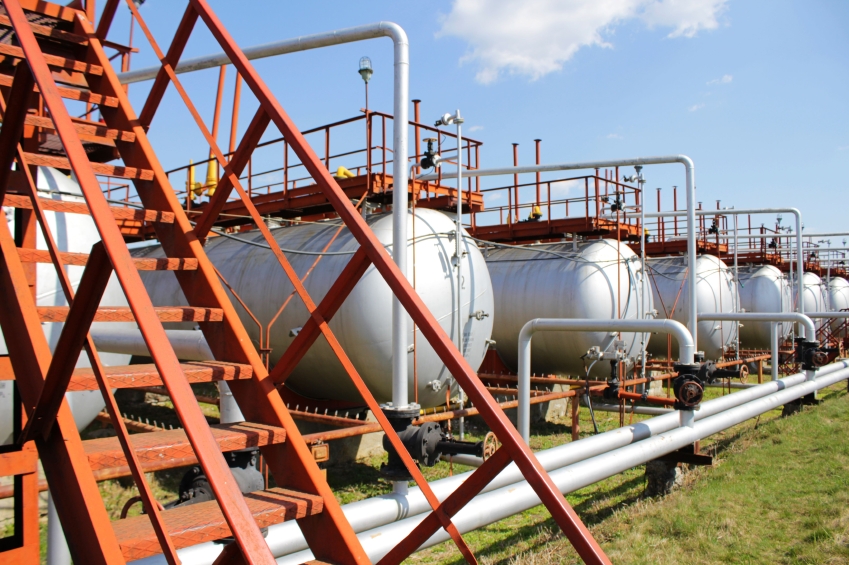 |
ASTs are storage tanks that are aboveground, regardless of whether they are used to store petroleum products, hazardous waste, or other hazardous material. There are a variety of overlapping federal laws and regulations that govern ASTs, and most are highly regulated on the state and local level.
There are specific inspection requirements for hazardous waste tanks, which we will explore in a future Advisor. There are also federal inspection requirements related to ASTs regulated by the Spill Prevention, Control, and Countermeasure (SPCC) rules.
However, the only other federal requirement governing inspections of ASTs has to do with those that store petroleum. This inspection requirement says that tanks that are constructed on-site (i.e., field-erected tanks) must be internally inspected every 10 years and externally inspected every 5 years according to American Petroleum Institute (API) Standard 653 by a certified API 653 inspector.
Note: Always check with your state and local agencies. Many have stricter AST inspection requirements.
Join us for the ASTs and Security webinar on June 17 to learn how to address security concerns over your ASTs. Learn more.
That being said, it is good idea, whether required or not, to inspect your ASTs on a regular basis. Some people suggest keeping monthly monitoring records. Here are some tips for what to look for when inspecting your ASTs.
16 Tips for Inspecting ASTs
Tip 1: Check that corrosion protection controls are present and in good operating condition (e.g., paint, cathodic protection).
Tip 2: Inspect tank, piping, pumps, and valves for signs of corrosion, damage, and failure (e.g., leaks). Inspect fill area, dispensing area, and under tank.
Tip 3: Ensure that spill and overfill protection controls are present and in good operating condition (e.g., reservoirs, catchment basins for use during tank filling).
Tip 4: Check that overfill prevention equipment is present and in good operating condition (e.g., automatic alarms or shutoff equipment).
Tip 5: Ensure that normal vent is present and in good operating condition.
Tip 6: Check that vapor recovery equipment is present and in good operating condition.
Tip 7: Check that the secondary containment system present and in good operating condition.
Tip 8: Also make sure that the secondary containment system is free of tank product or other liquids/debris (e.g., rainwater, snowmelt, dirt, leaves, trash, stored materials).
ASTs and Security: Fencing, Lighting and Other Precautionary Measures
Get an overview of how the EPA’s SPCC rules apply to AST security, examples of state-based homeland security codes and permits that may be required. Register now!
Tip 9: Ensure that the electrical equipment and static controls are present and in good operating condition.
Tip 10: Test the interstitial monitoring at least monthly.
Tip 11: Make sure that the release detection and monitoring equipment is present and in good operating condition.
Tip 12: Check that the fire control and emergency equipment is present and in good operating condition (e.g., fire extinguisher, phone, fire alarm, spill control equipment).
Tip 13: Make sure that all tank valves and equipment have been properly configured, secured, and locked.
Tip 14: Check that the appropriate signage is present.
Tip 15: Make sure that concrete surfaces and the ground are free from any evidence of spills or leaks.
Tip 16: Check that written operating instructions are available.
